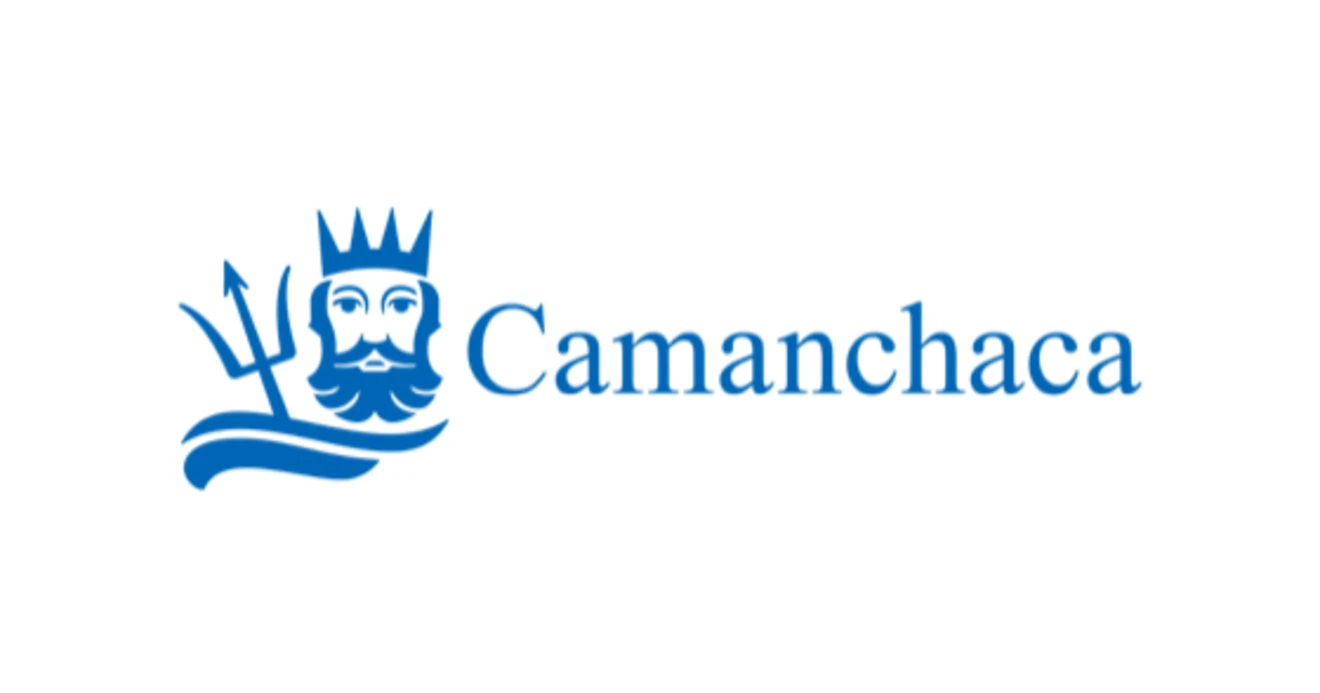Salmones Camanchaca SA
Key Information
HQ:
Chile
Market Cap:
$0.19bn
Primary Markets:
North America, LATAM
Business Type:
Protein Producer
Company Information
Company Summary
Salmones Camanchaca S.A., founded in 2009 and based in Puerto Montt, Chile, operates in the salmon farming industry, specializing in the production of Atlantic and Coho salmon. The company offers a range of products, including whole fish, fillets, portions, and byproducts such as bits, harasu, and scrape meat; exporting these products on a global scale.
Revenue
Total revenue:
$0.4bn
Revenue by Geography
Revenue by Protein
Revenue by Product Type
Disclosures
CDP ScoresLast Reviewed: 16/10/2024
| CDP Climate | CDP Forests | CDP Water |
|---|---|---|
| No | No | No |
Science Based Target initiativeLast Reviewed: 16/10/2024
| Target classification | Status | Date |
|---|---|---|
| Has not set SBT | - | - |

